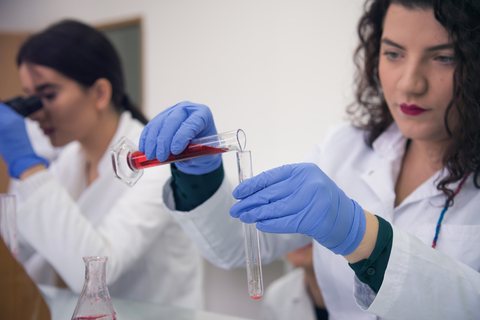Unveiling ACADL: A Breakthrough Biomarker for Mesothelioma Diagnosis in Elderly Americans
Mesothelioma, a rare cancer linked to asbestos, is dangerous for elderly Americans. It’s hard to tell the difference between reactive and cancerous cells. However, a recent study in the American Journal of Pathology sheds light. The study identifies a key biomarker, ACADL, using advanced analysis methods. Understanding the Challenge Mesothelioma is usually diagnosed after a person experiences symptoms and visits a doctor. One thing a doctor may do is perform a tissue biopsy. The doctor will remove a part of the tissue (suspected mesothelioma) for examination. Most tissue biopsies are done with a needle and examined in a laboratory. The lab looks for specific biomarkers to determine whether the tissue contains mesothelioma. Reactive mesothelial cells closely mimic malignant mesothelioma cells,…

